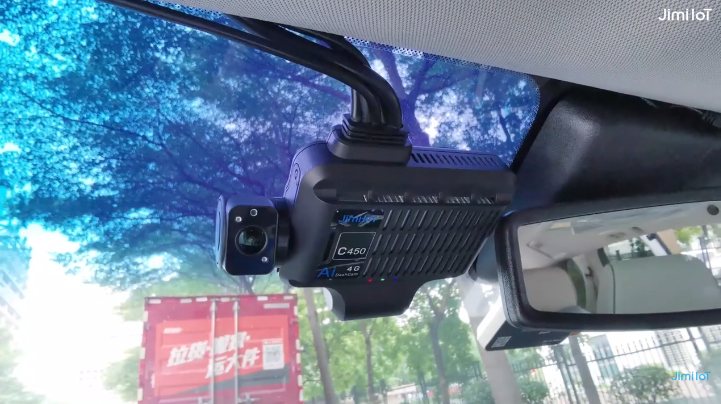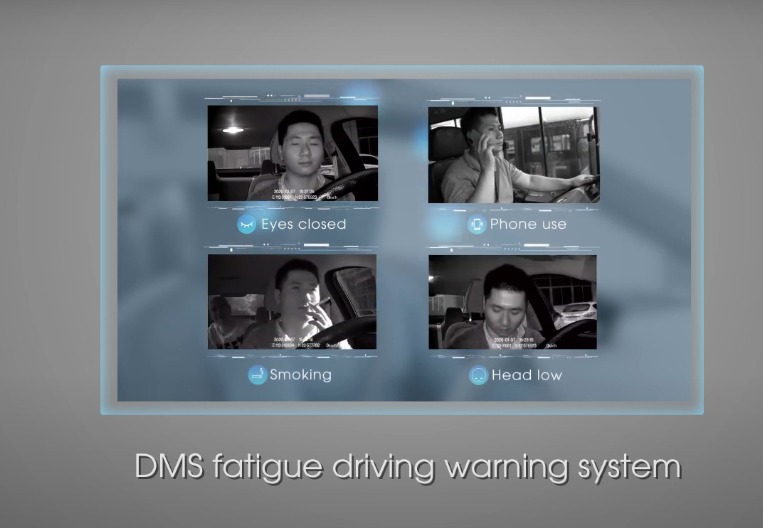Are you looking for the perfect dashcam to add to your fleet of vehicles? According to a report by Technavio, the global dashcam market is expected to grow at a CAGR of 15% from 2020 to 2024.
With so many options on the market, it can be overwhelming to choose the right one. But fear not, we’ve compiled a list of 8 tips to help you choose the fleet dashcam that’s right for you.

1.Dashcam with GPS tracking
According to a survey conducted by Geotab, 64% of fleet managers consider GPS tracking to be the most important feature of a dashcam.
One of the most important features of a fleet dashcam is GPS tracking. Not only does it give you real-time location information, but it can also help you keep track of your vehicles and ensure that your drivers are following the designated routes.
2. Driving behavior analysis

In fact, according to a study by Verizon Connect, 88% of fleet managers reported a reduction in accidents after implementing a dashcam with driving behavior analysis. Another important feature to consider when choosing a dashcam is driving behavior analysis. This can include things like speed monitoring, harsh braking, and cornering. These features can help you identify unsafe driving practices and reduce the risk of accidents.
3.Number of real-time video channels
The number of real-time video channels will determine how many cameras you can connect to the dashcam. If you have a large fleet, you may need multiple cameras to cover all angles of the vehicle. Consider the size of your fleet and the number of cameras you require when choosing a dashcam.
4.Video storage (video on the cloud)
According to a report by Allied Market Research, the cloud-based segment of the dashcam market is expected to grow at a CAGR of 23.6% from 2020 to 2027. Video storage is another important consideration when choosing a dashcam for your fleet. While some dashcams may have limited storage capacity, others offer cloud-based storage options. This can be especially useful if you have a large fleet and don’t want to worry about running out of storage space.
5.Memory capacity
In addition to cloud-based storage, you’ll also want to consider the memory capacity of your dashcam. This will determine how much footage you can store on the device itself. While some dashcams may have limited memory capacity, others offer expandable memory options.
6. Clarity
When it comes to video quality, clarity is key. According to a study by the Insurance Institute for Highway Safety, fatal crashes are three times more likely to occur at night than during the day.
The clarity of the footage captured by the dashcam is important, as it will determine how easy it is to identify details such as license plates or road signs. You’ll want a dashcam that captures clear footage, even in low-light conditions. This can be especially important for nighttime driving.
7. Night vision effect
Driving at night can be challenging, and it’s important that your dashcam is able to capture clear footage in low-light conditions. Look for a dashcam with night vision technology, which can improve visibility and ensure that you have a complete picture of what’s happening on the road.
8. Budget
Finally, you’ll want to consider the budget costs of your dashcam. While some dashcams may be more expensive than others, it’s important to consider the long-term benefits they can provide.
By taking these factors into account, you can select a fleet dashcam that meets the specific needs of your fleet business, enhances safety, and leads to improved operational efficiency and reduced costs.
Why Jimi IoT?
Jimi relies on innovative solutions for driver status monitoring and vehicle tracking for fleet management, more effective driver tracking, recording, notification, monitoring and efficient fleet management.
Jimi has more than 20+ years of experience in the loT/loV industry and a team of experts to assist you in the adoption. We offer ready-todeploy solutions (with IoT SIM cards for worldwide connectivity) as well as OEM, ODM.and OBM services to suit your industry-specific needs.
 EN
EN ES
ES PT
PT TH
TH VN
VN JP
JP


